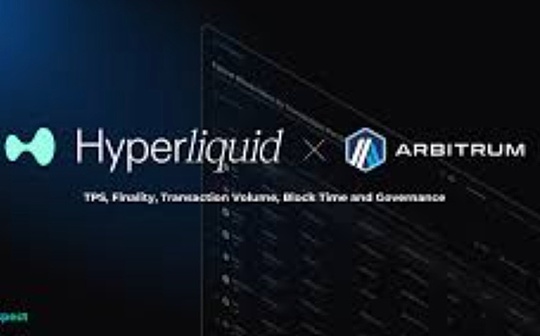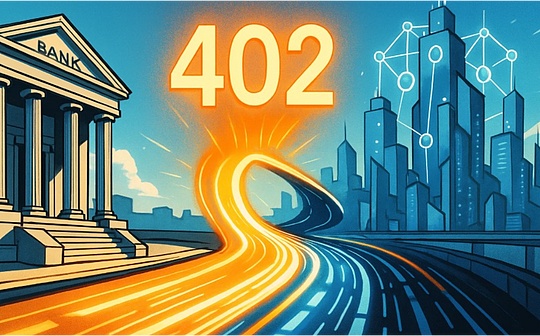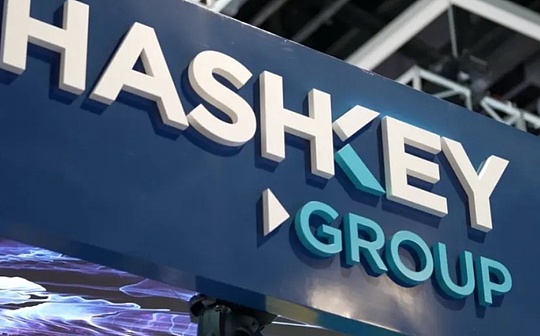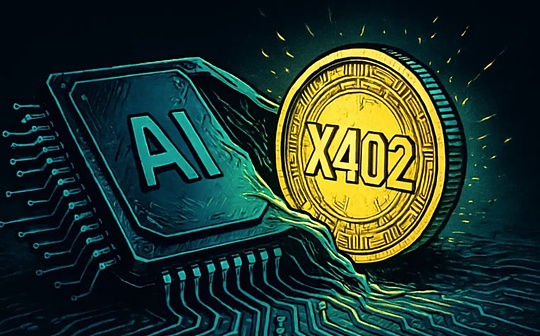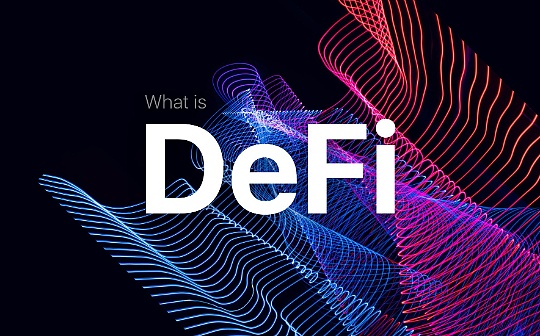
Author: intoTheblock CEO Jesus Rodriguez, Coindesk; Compilation: Tao Zhu, Bit Chain Vision Realm
Decentralization Finance (DEFI) is experiencing new development momentum.The activity and high returns of the new ecosystem are similar to the famous summer DEFI in 2021.The diversity of the innovation agreement makes it difficult for investors to keep up. At the same time, the impressive growth has aroused concerns about the accumulation of risk accumulation of the DEFI ecosystem.
You may have heard of the end -of -day analysis of the world, comparing this wave of most successful protocols (such as Ethena or Eigen Layer LRT) with risk management disaster (such as Terra), but does not really provide any credible similar evidence.In fact, the rapid development of the new generation of Defi protocol is more mature, and invested a lot of energy in risk management.However, there are still great risks.
The biggest risk of the current DEFI market is not based on mechanism failures such as Terra collapse, but three key factors: scale, complexity and interconnection.
The protocol in this wave of DEFI has become quite huge in just a few months. They support more complex financial primitives, and the interrelatedness between them is incredible.The combination of this complexity, scale and interconnection has far exceeded the ability of the current DEFI market risk model.In simple terms,There are a lot of risk conditions in the current DEFI market, and we do not have a reliable risk model.And this gap seems to be expanding, not shrinking.
The four risks of modern DEFI
From the beginning, risks have always been part of DEFI’s narrative, and it is easy to discuss it in extensive and universal terms.This DEFI has brought novel innovation in the new era and has a significant growth rate.Therefore, the connotation of risks is different from before.In this DEFI era, the first principle method analyzes the risks to highlight four basic factors: scale, speed, complexity and interconnection.
In order to illustrate these factors, please consider the differences between the basic AMM with hundreds of millions of TVL and the use of re -pledged assets and its corresponding integral system and introduce their own tokens and points in quantitative risk.The former’s risk model can be solved with basic statistics or machine learning methods.The latter has entered a higher level of mathematics and economics branches, such as complexity or chaos theory, and these theories are far from being applied in DEFI.
Let us look at different factors in detail.
1) scale
The principle of the relationship between risk and scale Defi is very simple.In the financial market, the risks of smaller scale (such as hundreds of millions) are very different from the risk of hundreds of billions.Within a large range, there will always be some risk conditions that do not exist in a small range.This principle is of course applied to DEFI as a parallel financial system with many interconnected primitives.
Ethena is one of the most innovative projects in the current DEFI wave, and has attracted billions of TVL in just a few months.Ethena’s biggest challenge in the current market is that in the case of long -term negative funds, the risk and insurance model are adjusted to adapt to this scale.
2) Speed
The relationship between risks and speed is the friction between growth too fast.As a risk condition, the speed is an accelerator expanding scale.In just a few months, TVL increased from millions to billions of agreements. Before an unpredictable risk, there may be no time to adjust its risk model to a new scale.
The rapid rise of Eigenlayer has triggered the entire LRT movement. Some of the LRTs have increased to billions of TVL in just a few months, but they still lack basic functions such as withdrawal.The combination of speed and scale may worsen the simple decourse conditions into a truly influential risk factors in some of the protocols.
3) complexity
The birth of the entire complexity theory is to study the law of escape predictive model law.Economic risks have been in the center of the center since the birth of complexity theory, because the world economy has grown rapidly after World War II, which cannot meet the requirements of risk models.Modeling risks in simple economic systems are very simple.
In the new wave of DEFI, we have protocols such as Pendle or Gearbox. They abstract quite complicated primitives, such as yield derivatives and leverage.The risk model of these protocols is fundamentally more difficult than the risk model of the previous generation DEFI protocol.
4) Interconnection
From the perspective of risk, the extensive interconnection economic system may be a nightmare, because there may be many chain effects in any situation.However, interconnection is a natural step of evolution of the economic system.
The current DEFI ecosystem is more related than its predecessor.We pledge derivatives in EIGENLAYER, conducts tokensization in Pendle, trades in the pool, or use leverage in Gearbox.As a result, the risk conditions in an agreement can quickly penetrate into the different key constructing modules of the DEFI ecosystem, which makes it extremely difficult to build the risk model.
From technical risk to economic risk
In the past few years, the use of hackers and vulnerabilities has been the main risk theme of Defi, but this situation may be changing.The new generation of DEFI protocol is not only more innovative, but also more stable from the perspective of technical security.The audit company has become smarter and the agreement pays more attention to security.
As a constant financial system, the risk of Defi seems to be shifting from technical risks to economic risks.The scale, the rapid growth, the high degree of complexity, and the deep degree of interconnection are pushing DEFI from the perspective of risk to an unpredictable field.Because only a few companies are dedicated to the risks of the DEFI field, how is the challenge catch up.

